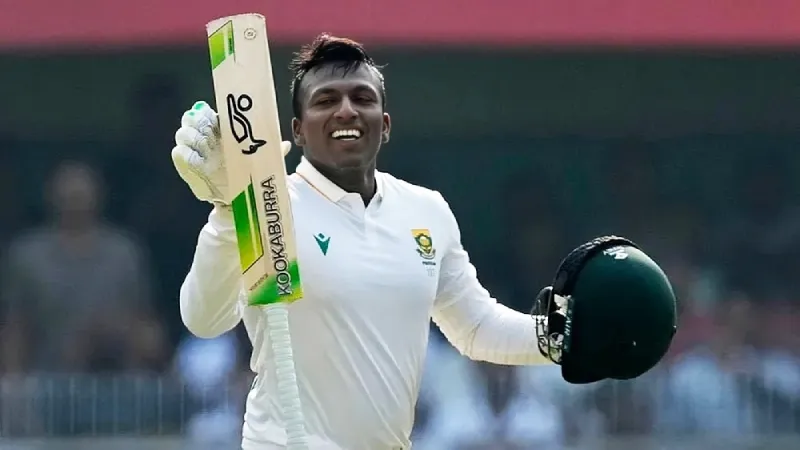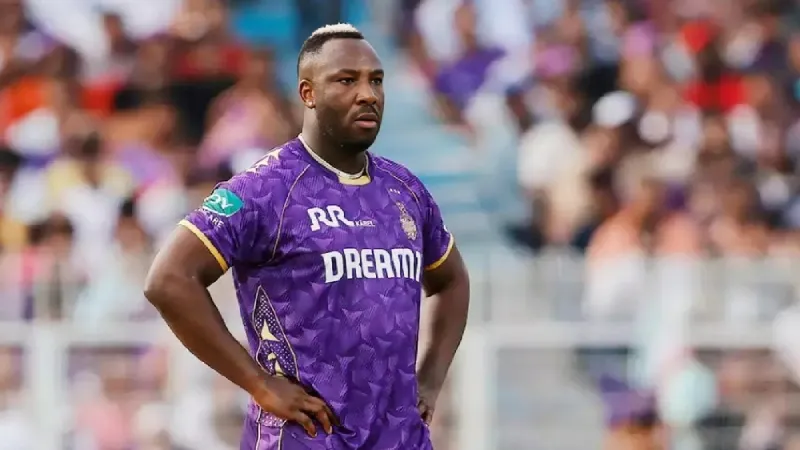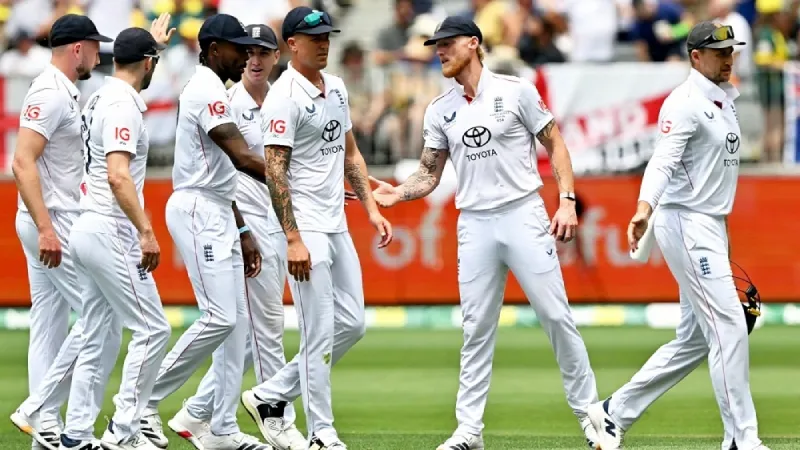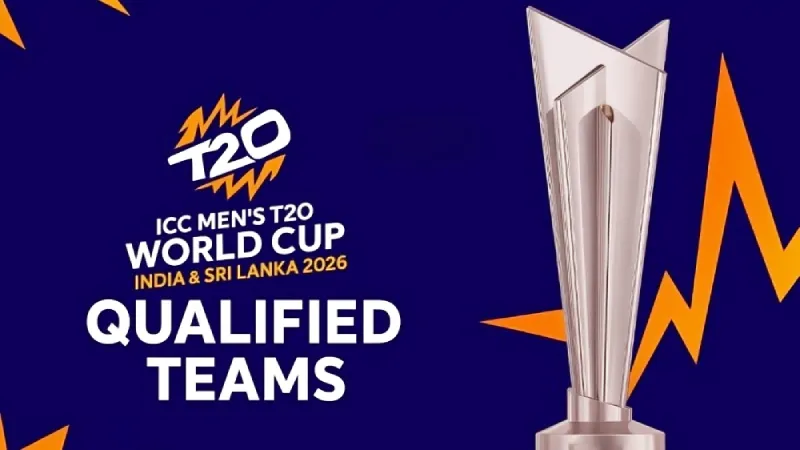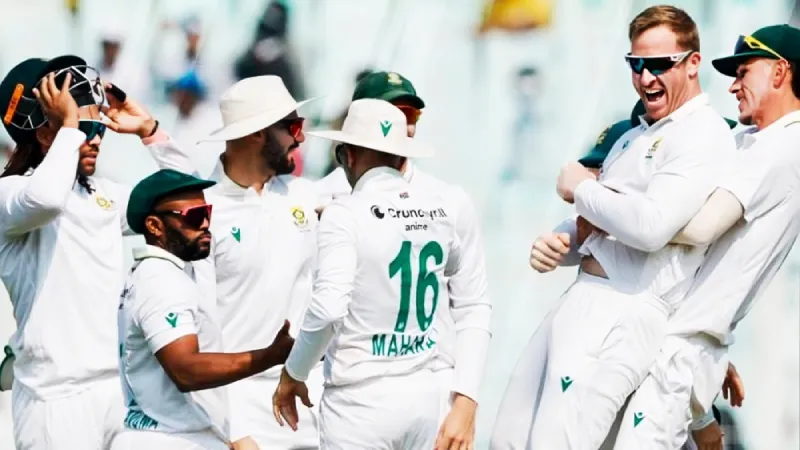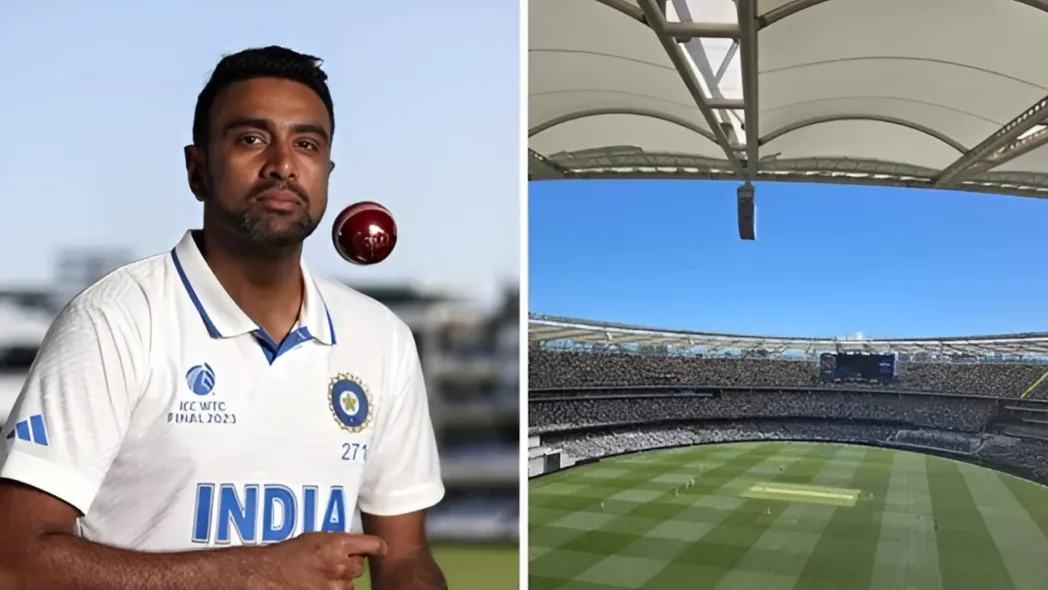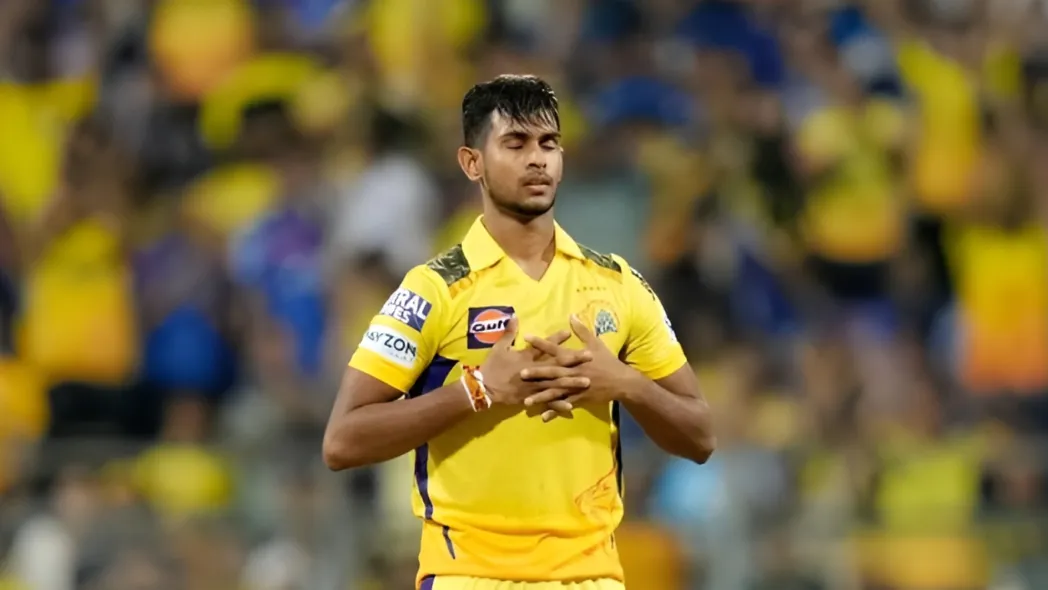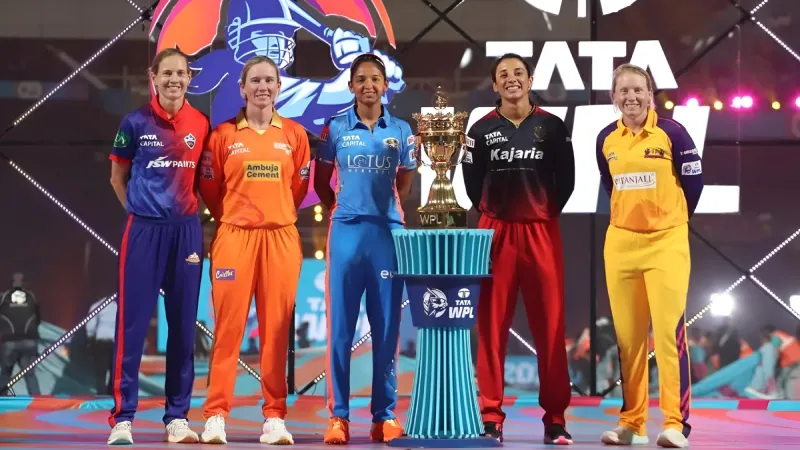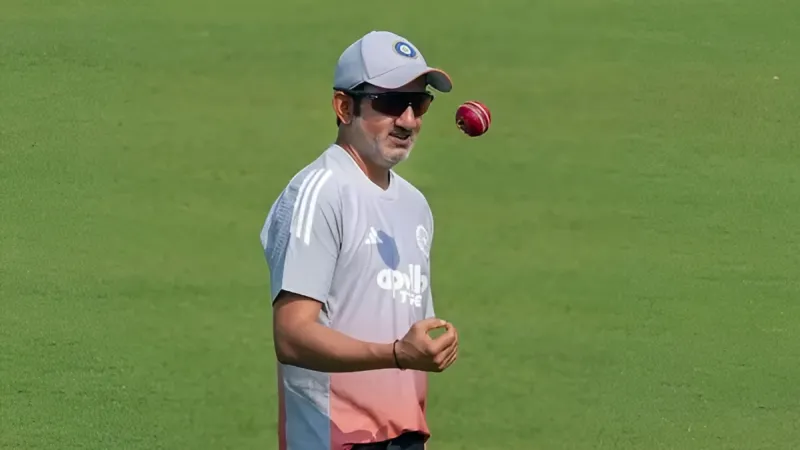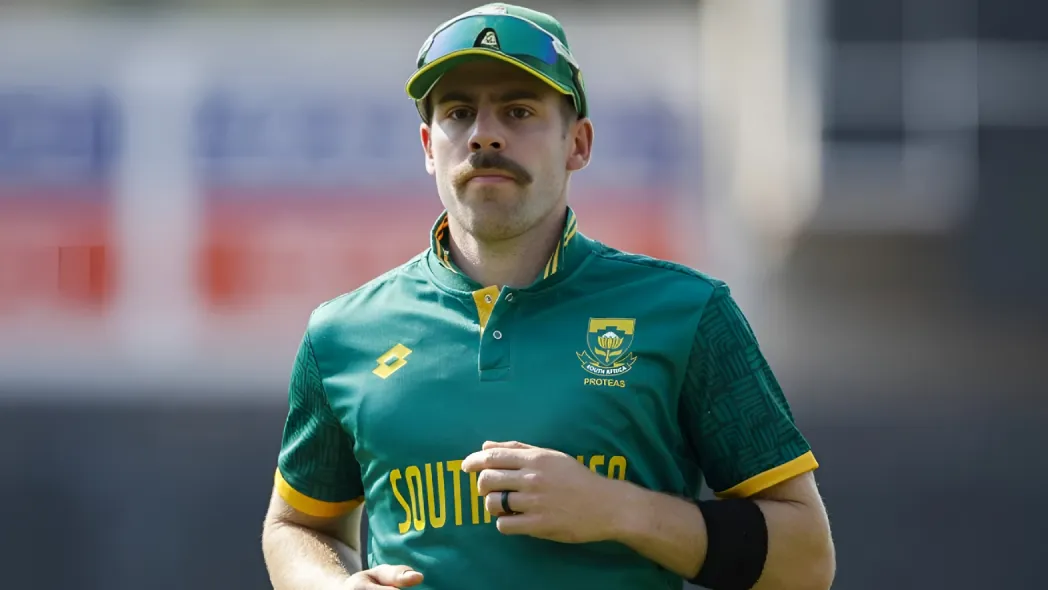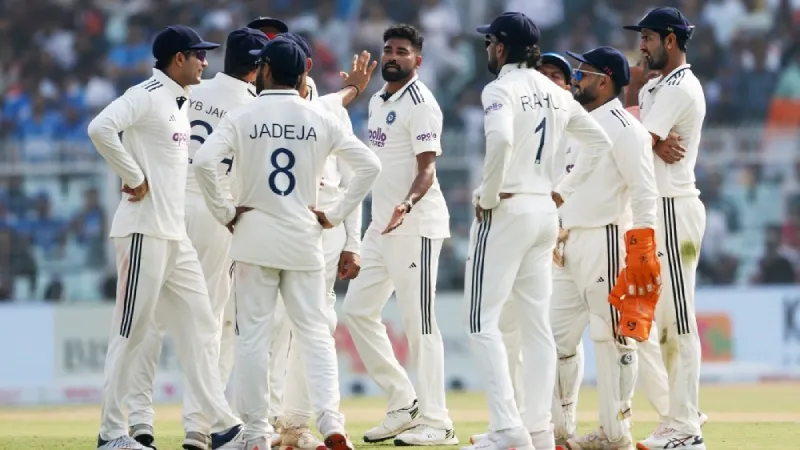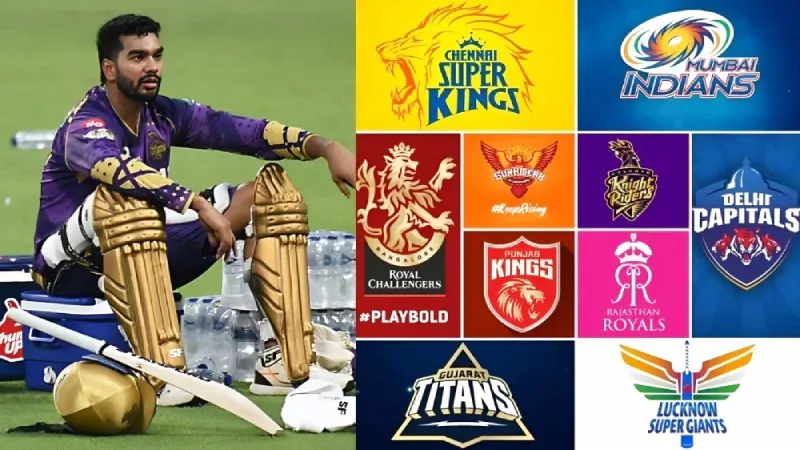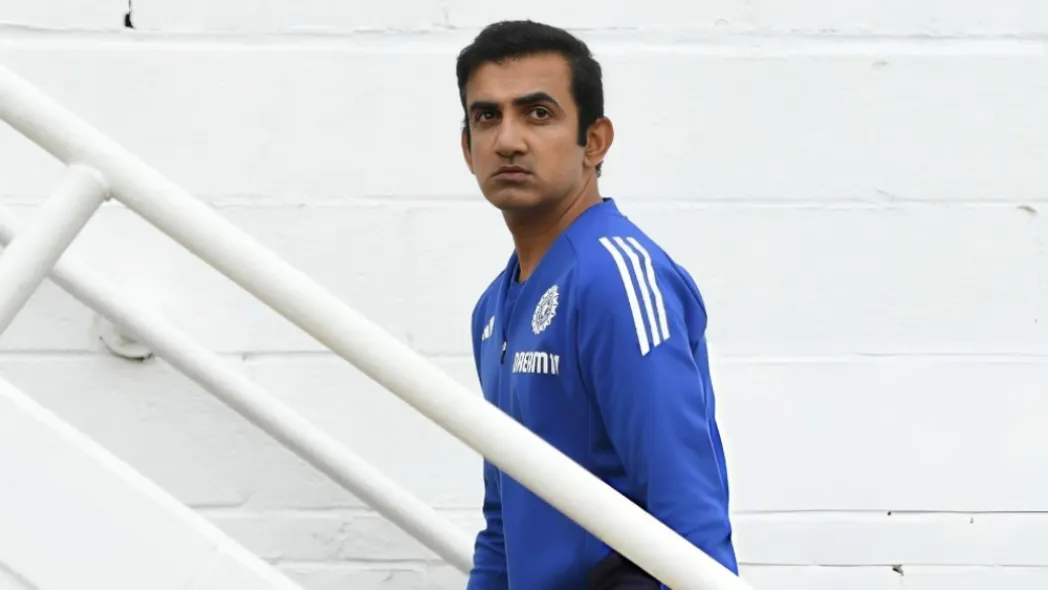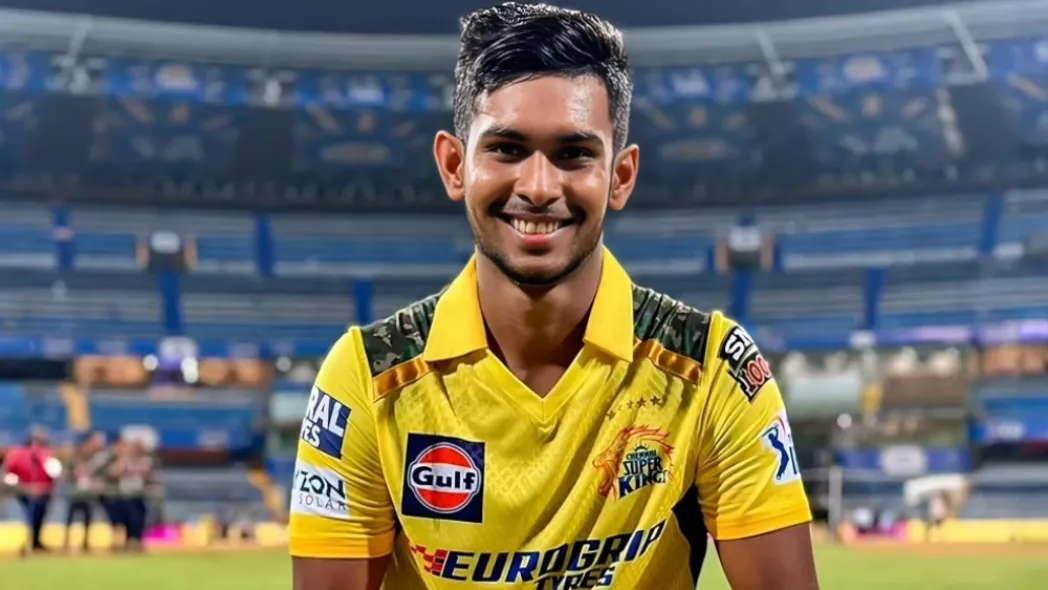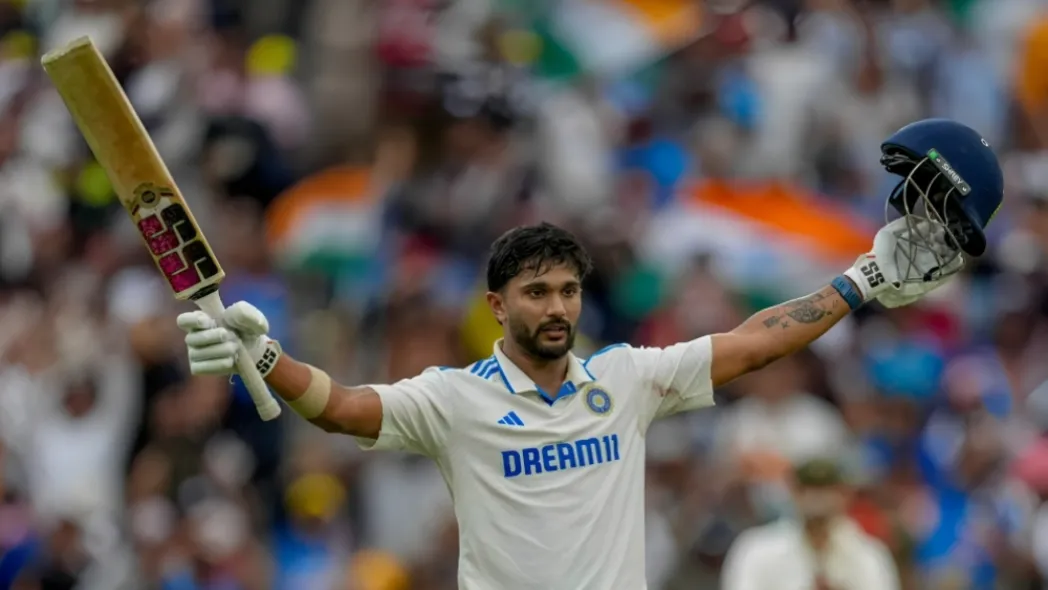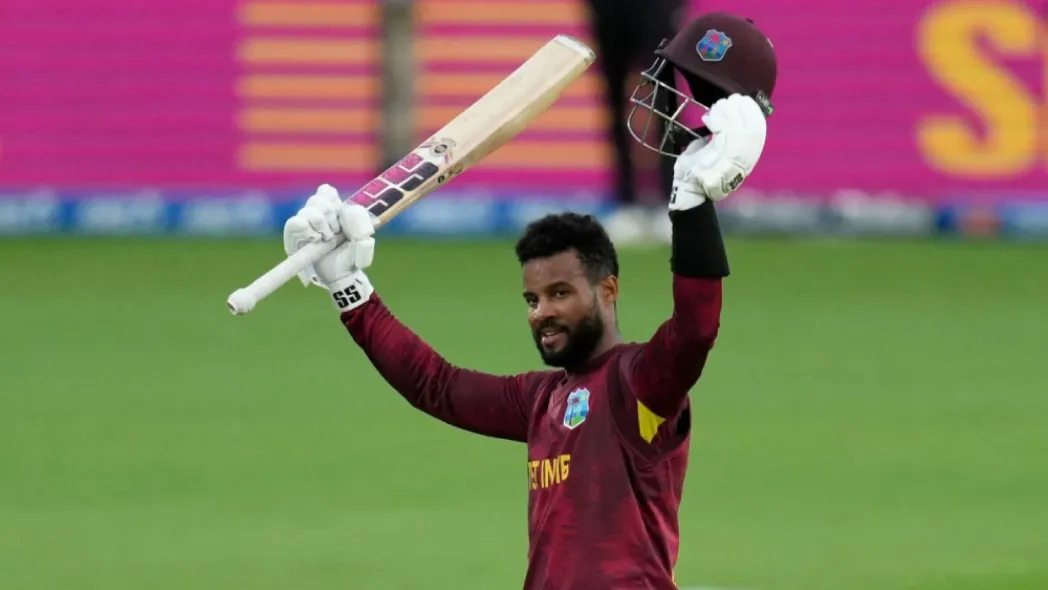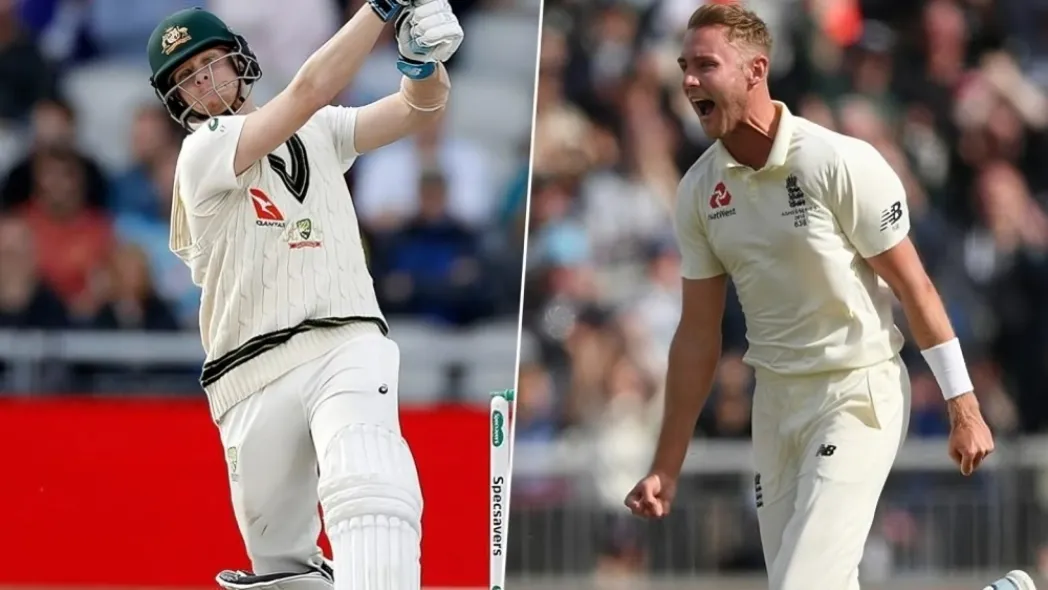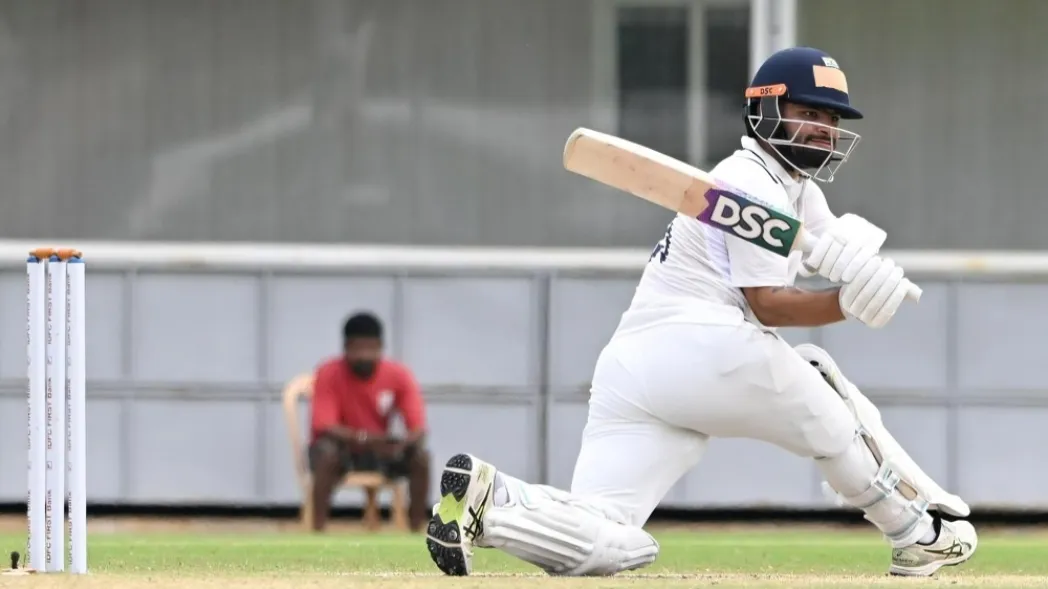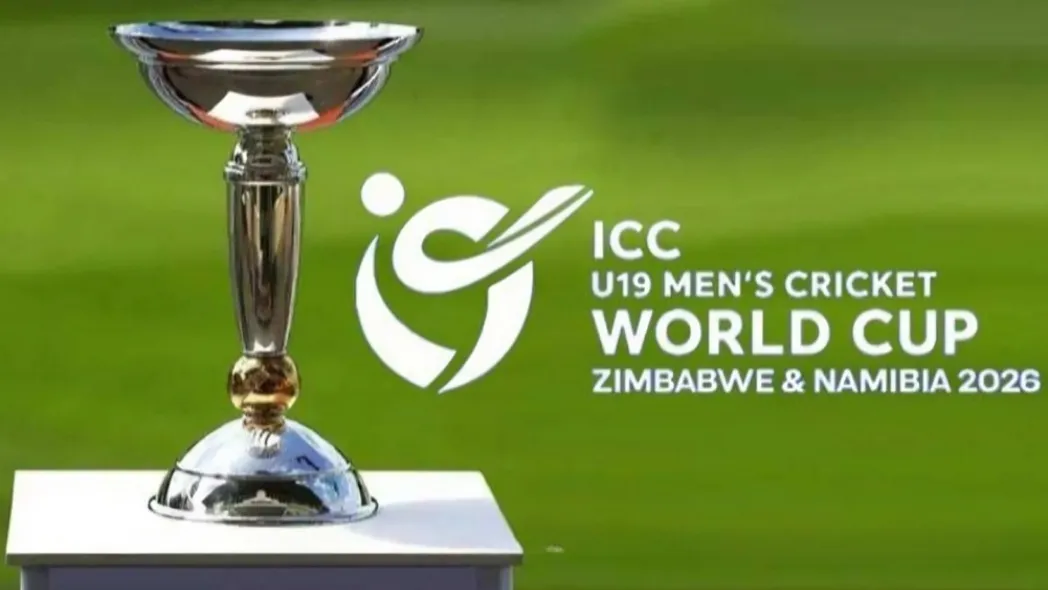The Indian cricket team is not known for gradual changes to its lineup. The changes that are made tend to be very dramatic, usually during the middle of a series, in the middle of an injury crisis, or at a time when the team is having major issues with performance. So it comes as little surprise that now that India has suffered a crushing Test series loss in South Africa, the new storyline is already well underway; that being, KL Rahul will once again be given the responsibility of leading the team in One Day Internationals (ODIs), although he may have gotten the job by circumstance rather than design.
Cautious Leadership Signals Strategy Drift
Rahul’s record as an ODI captain is essentially an example of how the same set of data can be viewed from a different viewpoint depending on what perspective you have. Rahul’s first term saw him go 0–3 against South Africa in 2022, then he had a run of 6 matches where India won, but those wins were basically against weaker teams (Zimbabwe & Bangladesh) for the most part. Though India did take two out of three against South Africa in 2023, overall, it would seem Rahul is a captain who generally does better against weaker opponents but tends to struggle when facing tough competition.
It was never about judging Rahul as a player; he remains India’s most flexible white ball player. As a captain, however, Rahul’s inability to be proactive on the field has consistently run counter to India’s need for a captain who thinks ahead and is more proactive in ODI cricket. The expectation of captains being able to offer timely tactical insights has resulted in Rahul often appearing as overly cautious and less willing to disrupt the rhythm of the game.
Lost Chance to Groom Tomorrow’s Leaders
This ODI series had “laboratory conditions” written all over it: a strong opponent, but low-stakes timing, perfect for testing next-generation leadership. Instead, India reached for the safety blanket.
Ruturaj Gaikwad, already a gold-medalist captain from the 2023 Asian Games and now leading CSK, was an obvious option. Yashasvi Jaiswal’s temperament screams long-term leadership. Tilak Varma’s calmness under pressure has been praised across formats.
Instead of using that opportunity for a home series in November with a quality opponent to begin a new potential leadership pipeline for India, they went right back to a man who will be 35 in about 1 year, whose long-term position as an ODI captain may likely not be included on BCCI’s 2-year strategic plan; it has all the characteristics of avoiding a risk.
Ignoring Proven Generals in the Dressing Room
If the goal was merely to win this series, India had two world-class captains already in the XI, Rohit Sharma and Virat Kohli.
Rohit’s ODI captaincy record is absurdly elite: 42 wins in 56 matches. His last act as leader? Lifting the 2025 Champions Trophy, India’s second ICC title under him. Kohli? A staggering 65 wins from 95 ODIs, unmatched intensity, unmatched consistency.
Both men have more tactical miles in their legs than Rahul and far stronger ODI captaincy credentials. If the management’s intent was short-term success, either Rohit or Kohli would be an objectively superior choice. Instead, the decision feels like a compromise: not fully committed to the future, not fully committed to the proven formula.
This South Africa series could have provided an opportunity to start the identification process of India’s new leaders as the next big event (the 2027 ICC Cricket World Cup) approaches; instead, it has shown that there still is uncertainty about what will be India’s long-term plan. Rahul is a good, steady hand, but this would have been the time to take a chance on a visionary.
Key Takeaway
India chose comfort over curiosity, and it may slow down their ODI leadership evolution.
FAQs
1 Why did India choose KL Rahul as ODI captain?
Because senior options were unavailable or not preferred, leading selectors to pick a familiar, safe choice.
2 What was the argument against Rahul’s captaincy?
His mixed record and lack of long-term leadership value compared to younger options or proven leaders.
3 How could India have benefited from a new captain?
By using this lower-stakes series to groom future leaders like Gaikwad, Jaiswal, or Tilak Varma.
Disclaimer: This blog post reflects the author’s personal insights and analysis. Readers are encouraged to consider the perspectives shared and draw their own conclusions.
Step into the world of cricket with JeetBuzz News—where expert opinions, trending Blogs, and behind-the-scenes insights meet all your favorite topics. Stay informed, stay entertained, and never miss the stories shaping the cricketing world—only on JeetBuzz News!


